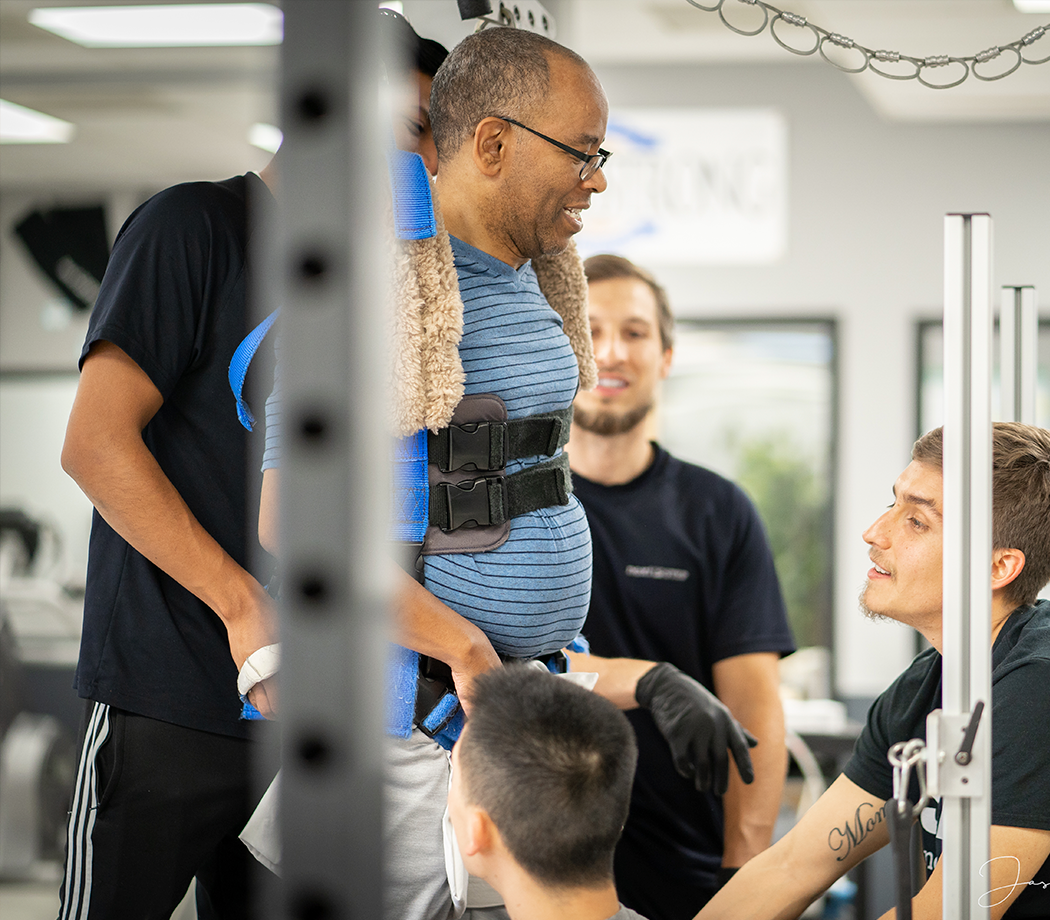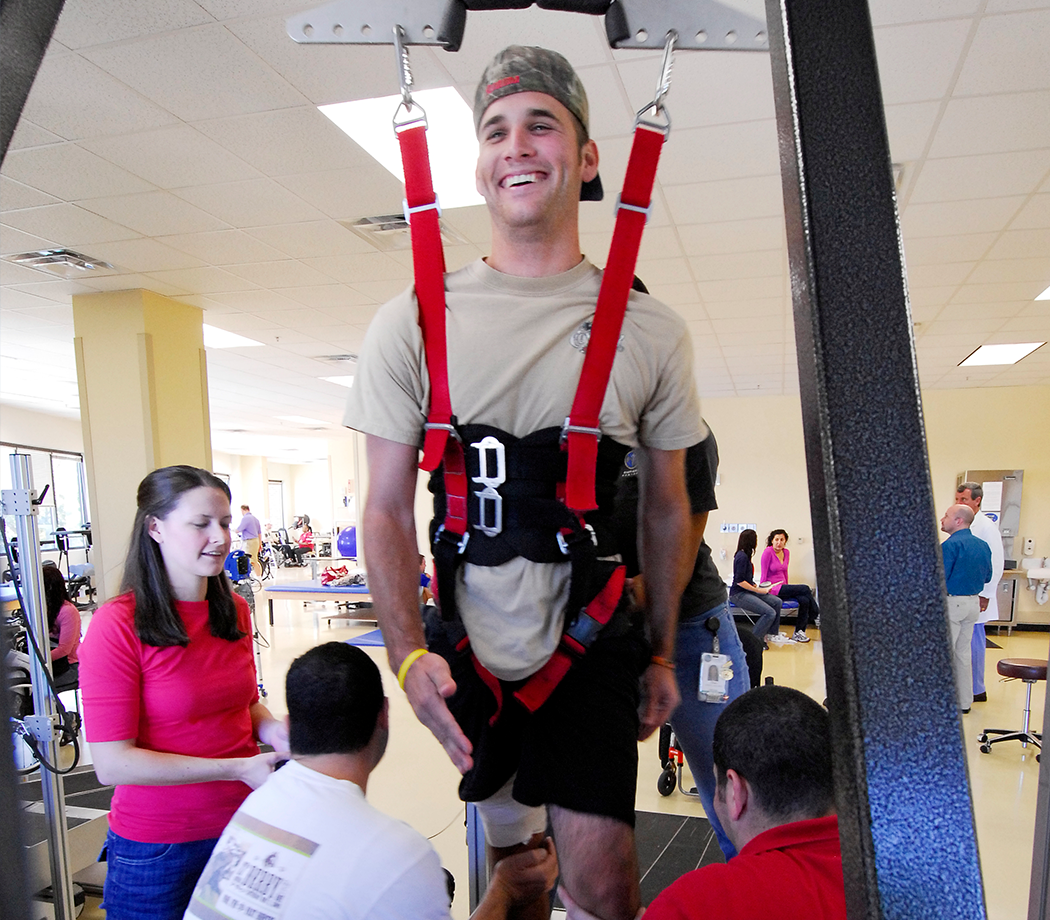The Reeve Foundation is dedicated to exploring and expanding awareness of and support for the investigative paths that stand the greatest chance of success. To do this, we work with academics and industry closely to follow advances and convene spinal cord injury (SCI) stakeholders for collaborative action. The following research endeavors represent a sample of potential approaches in the evolving field of SCI science.

Electrical stimulation – deployed through electrodes placed on the skin’s surface or through surgical implantation over the spinal cord – is among the most exciting areas in research today. Designed to replicate the signals sent by the brain along the spinal cord before the injury, electrical pulses activate neural circuits and cause muscle contraction. The application of electrical stimulation, on its own and in combination with activity-based training trials, has produced a range of quality-of-life gains for people living with paralysis, including improving upper extremity function and blood pressure regulation, and restoring autonomic and sexual function after spinal cord injury.
There is a wide consensus that electrical stimulation also known as neurostimulation, will be a crucial component of future treatments.
Building on this area of scientific study, researchers are exploring the possibilities of brain-spine computer interfaces that may use special forms of stimulation to bypass the complex and damaged communication circuits between the brain and the spinal cord to restore movement.
Traumatic spinal cord injury occurs in two phases: the primary injury, caused by a sudden trauma that fractures or dislocates vertebrae, is followed by a cascade of biochemical events that can significantly increase damage to the tissue surrounding the original injury. Researchers are currently studying how to prevent additional cell death and injury progression during this secondary phase.
Promoting axon repair and regrowth after spinal cord injury remains critical for recovery. Damaged axons – the nerve pathways that carry messages up and down the spinal cord – interrupt the brain’s communication with the spinal cord, resulting in lost function below injury level. Scientists continue to study potential treatments that facilitate the regeneration and sprouting of axons and counter factors in the central nervous system.
Scientists are studying how different types of stem cells can be used to promote connectivity and create a conducive environment for neural repair.
Research conducted over the past few decades reveals the importance of physical rehabilitation in improving function and quality of life after spinal cord injury. Intensive, activity-based training, including robotic-assisted and body-weight-support treadmill training, and overground and standing training, may help reorganize and reactivate dormant nerve circuits, leading to gains in mobility and autonomic function. Scientists continue to study how physiological changes in the nervous system are impacted by high-intensity training alone and in combination with epidural stimulation.

Donate today to advance SCI and paralysis research.